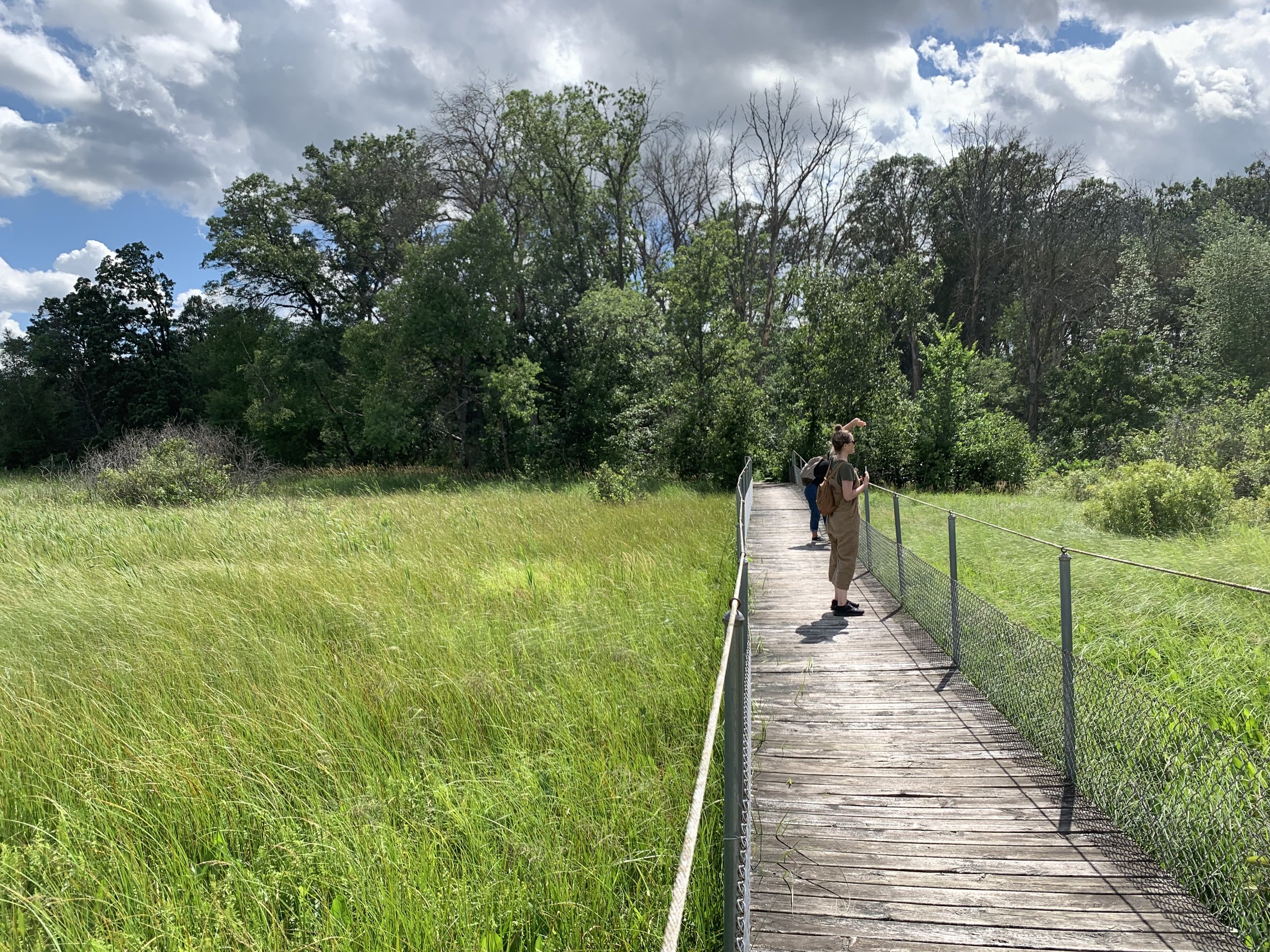
About
About
Two-Eyed Seeing & Third Spaces
Etuaptmumk or “Two-Eyed Seeing” means to see from an indigenous perspective and from the perspective of Western science. This concept was developed at Cape Breton University in Nova Scotia by Mi’kmaq Elder Albert Marshall in 2004. After some years experience in attempting to explain Two-Eyed Seeing to various audiences, Marshall has begun to say:
"Two-Eyed Seeing is hard to convey to academics as it does not fit into any particular subject area or discipline. Rather, it is about life: what you do, what kind of responsibilities you have, how you should live while on Earth … i.e., a guiding principle that covers all aspects of our lives: social, economic, environmental, etc. The advantage of Two-Eyed Seeing is that you are always finetuning your mind into different places at once, you are always looking for another perspective and better way of doing things." (1)
The work of Robin Wall Kimmerer, botanist, and member of the Potawatomi Nation, exemplifies Two-Eyed Seeing. She and her book Braiding Sweetgrass: Indigenous Wisdom, Scientific Knowledge and the Teachings of Plants are making a major contribution to expanding thought in many disciplines. Our IAS Collaborative will use this book as a framework for our gatherings.
Our gatherings will be held at the University’s Cedar Creek Ecosystem Science Reserve, 40 miles north of the TC Campus. The Reserve is within the meeting point of the three largest ecosystems of North America: prairie, coniferous forest, and deciduous forest all converge in a remarkable combination of plants and animals over a nine-square-mile area. The Reserve is situated on land that in 1825 was divided (on paper only) between Ojibwe and Dakota “ownership” via the Prairie du Chien treaty, and then taken entirely by the United States government in the separate 1837 Treaty of St. Peter’s. There is much to reflect upon at Cedar Creek ecologically and culturally.
The two eyed seeing and third spaces initiative is a proposal funded by the IAS.
https://ias.umn.edu/programs/interdisciplinary-initiatives/research-and-creative-collaboratives